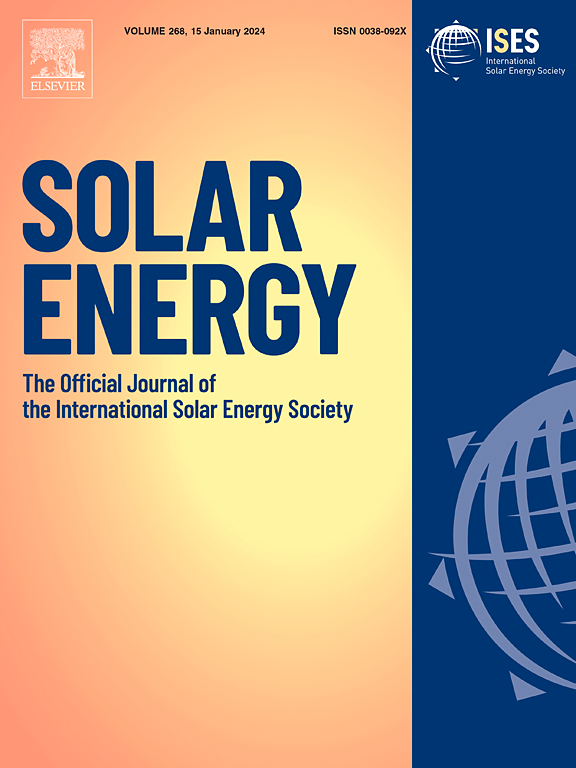掺杂铝和钛的氧化锌薄膜对铜扩散的阻断效果得到改善
IF 6
2区 工程技术
Q2 ENERGY & FUELS
引用次数: 0
摘要
低成本透明导电氧化物薄膜和铜金属化在硅异质结技术(SHJ)向太瓦级发展的过程中发挥着至关重要的作用。然而,铜通过锌基透明导电氧化物(TCO)层向硅的界面扩散机制尚不清楚。在本研究中,我们报告了采用磁控溅射法制备的 n-Si/110 nm TCOs/50 nm 铜结构的铝和掺钛氧化锌(ATZO)薄膜,与氧化铟锡(ITO)和掺铝氧化锌(AZO)相比,其对铜扩散的阻滞作用可与 ITO 相媲美,比 AZO 更强。结果表明,ATZO 的测量带隙值为 3.64 eV,载流子浓度值为 3.7 × 1020 cm-3,远高于 AZO 的水平。带有 ATZO 层的样品在带隙、表面形貌和电导率方面也优于 AZO,即使经过高达 600 °C 的热处理也是如此。但需要注意的是,本研究中使用的高温退火可能会导致 TCO 的结晶度和合金成分发生变化,这并不代表典型的 SHJ 工作条件。为了更好地模拟真实世界的条件,需要使用更适中的退火温度进行进一步研究。尽管如此,ATZO 薄膜在低成本金属化光伏应用中显示出作为有效铜扩散屏障的强大潜力,其性能与 ITO 不相上下。本文章由计算机程序翻译,如有差异,请以英文原文为准。
The aluminum and titanium-doped zinc oxide films with improved blocking effect on copper diffusion
Low-cost transparent conductive oxide films and copper metallization play a crucial role in the advancement of silicon heterojunction technologies (SHJ) to the terawatt level. However, the mechanisms of interfacial diffusion of copper through a zinc-based transparent conductive oxides (TCO) layer into silicon are still not known. In this study, we report that for the aluminum and titanium-doped zinc oxide (ATZO) films prepared by the magnetron sputtering method in the n-Si/110 nm TCOs/50 nm Cu structure, compared with indium tin oxide (ITO) and aluminum-doped zinc oxide (AZO), the blocking effect on copper diffusion can be comparable to that of ITO more than that of AZO. The results show that the measured band gap value of ATZO is 3.64 eV, and in terms of carrier concentration, ATZO has a value of 3.7 × 1020 cm−3, which is much higher than the level of AZO. The sample with an ATZO layer also outperforms AZO in band gap, surface morphology, and conductivity, even after heat treatment up to 600 °C. It is important to note, however, that the high-temperature annealing used in this study may have induced changes in the crystallinity and alloy composition of the TCOs, which are not representative of typical SHJ operating conditions. Further studies with more moderate annealing temperatures are needed to better simulate real-world conditions. Nevertheless, ATZO films show strong potential as effective copper diffusion barriers in low-cost metallized photovoltaic applications, offering performance on par with ITO.
求助全文
通过发布文献求助,成功后即可免费获取论文全文。
去求助
来源期刊

Solar Energy
工程技术-能源与燃料
CiteScore
13.90
自引率
9.00%
发文量
0
审稿时长
47 days
期刊介绍:
Solar Energy welcomes manuscripts presenting information not previously published in journals on any aspect of solar energy research, development, application, measurement or policy. The term "solar energy" in this context includes the indirect uses such as wind energy and biomass
 求助内容:
求助内容: 应助结果提醒方式:
应助结果提醒方式:


